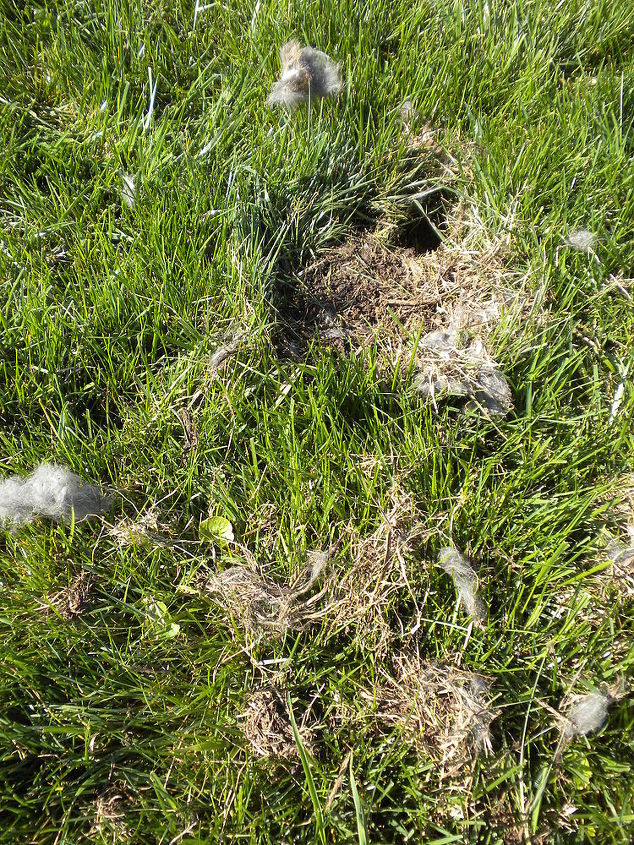Is there a way to kill garden weeds & vines without using chemicals?
Related Discussions
GNATS - How to get rid of them?
Somehow my house and garden got tiny gnats that killed my fuchsia plant and fly everywhere. I have tried ALL the Web recommendations - soap and oil dishes, sand in th... See more
Marigolds growing! Should I pinch the buds?
My marigold plants are growing. I heard that pinching the buds until Autumn will allow them to grow without killing the plant. Is this true?
Growing garlic
Growing our first garlic, should we wait until the leaves are drying out before we pick it? Husband picked first one today along with our first potatoes.
How to keep mice out of your garden?
Hi everyone, I have mice in my garden destroying my vegetables and I have also noticed them in the barn and shed. Please can someone tell me how to prevent them from ... See more
What's the best flower/plant to grow in Texas?
I know that opinions vary, but what's your opinion?!I have great luck w Rosemary plants. Green all year long.
What can I use to kill grass & weeds in myrtle without killing it?
I have a healthy bed of myrtle, but struggle to keep it grass and weed free
Can someone tell me what kind of animal this was in my yard?
I thought maybe a rabbit was burrowing in my yard, but it's almost dead center of my lawn (not a very smart rabbit). The hole is not very deep, and I replanted it onc... See more




Get out there and dig them out or hire someone to do for you. Use boiling water or epsom salt followed by boiling water on the offending weeds. I use vinegar too, but not good around lilacs.
Japanese Honeysuckle is a common invasive plant in the Southeast. The shade tolerant vine occurs along field edges, right-of-ways, under dense canopies, and high in canopies. This invasive vine colonizes by prolific vine growth and seeds that are spread by birds.
Here are four ways to help control this invasive plant; the first three are organic and the last is chemical.
If a thicket is present, cut all stems back to the ground with a mower or weed-eater, if possible. Allow the cut stems to re-sprout, then spot-spray the sprouts with a 5% solution of glyphosate with surfactant.
If mechanical vine control prior to herbicide application is impractical, you can spray the stand with a 5% glyphosate and surfactant solution in late summer, but note that non-target plants may be at higher risk with this method. Increase solution strength if necessary and re-treat as needed for complete control.
Note: Some sources recommend foliar-spraying on a warm day in winter to reduce damage to other non-target plants but this has not proven to be a reliable method as the honeysuckle has to be actively growing to take up the herbicide and the non-target plants have to be completely dormant.
Get out your weed killer, cut off the offending plants and paint with a strong grass and weed killer on the cut stumps only. It will eventually absorb into the roots and not harm your other plants you want to keep. You may need to repeat it, but make sure you don't get it on anything but the cut stump.
Vinegar plus salt in a spray bottle should kill most of the weeds on a sunny hot day.
Vinegar